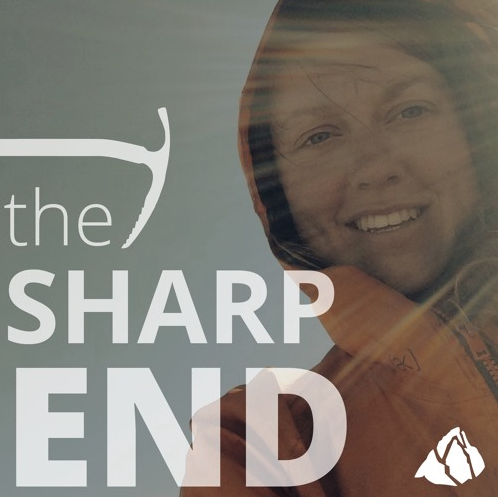Fatal Crevasse Fall
Alaska, Denali National Park, Eldridge Glacier
 On May 1, a 23-year-old female and 28-year-old male flew onto the South Spur of the Eldridge Glacier with the intent of exploring ski mountaineering objectives in the vicinity. This spur of the Eldridge Glacier originates to the northeast of the Ruth Amphitheater, and is a broad basin comprised of heavily glaciated terrain. Given these conditions, the team was equipped for glacier travel. They wore harnesses while skiing, and each skier had a 30-meter rope in his/her pack.
On May 1, a 23-year-old female and 28-year-old male flew onto the South Spur of the Eldridge Glacier with the intent of exploring ski mountaineering objectives in the vicinity. This spur of the Eldridge Glacier originates to the northeast of the Ruth Amphitheater, and is a broad basin comprised of heavily glaciated terrain. Given these conditions, the team was equipped for glacier travel. They wore harnesses while skiing, and each skier had a 30-meter rope in his/her pack.
The ski partners had spent most of the day on May 2 skiing on terrain in close proximity to their camp. They awoke on May 3 to clear and calm conditions and planned for a similar day of skiing further from their camp location. The pair had already skied a few different runs when the accident occurred.
At approximately 3:10 p.m., the male skier was breaking trail on a 20° slope with roughly 20 cm of unconsolidated new snow. The female skier was spaced 15 to 20 yards behind the male when he fell through a snow bridge that suddenly collapsed. The skiers were unroped at the time of the fall. The female partner approached the lip of the newly exposed crevasse but was unable to see nor get a verbal response from the male skier. At 3:21 p.m., she activated the SOS feature on her Garmin inReach satellite device along with the message: “a skier in crevasse unresponsive.”
Denali mountaineering rangers launched their rescue helicopter with two rangers on board at 4:02 p.m. from Talkeetna. This initial response team arrived on scene at 4:33 p.m. The helicopter then returned to Talkeetna for additional NPS personnel.
The initial priorities for the ranger team on scene were assessment of the surviving skier and accessing the patient in the crevasse. These tasks were handled concurrently, and once an anchor system was constructed, one ranger was lowered into the crevasse. The male patient was located approximately 100 feet below the surface on a hard ice floor. The ranger reported no signs of life and at 5 p.m. confirmed the patient was deceased.
The ranger was hauled out of the crevasse to both inform the partner of his findings and for further planning. At this time, the helicopter had returned with two additional rangers. One ranger remained on scene to assist with the recovery operation, and one ranger accompanied the surviving skier back to Talkeetna.
ANALYSIS
All glaciated terrain demands respect. This pair of skiers did many things well to prepare for their trip and their chosen destination. They discussed route planning, emergency plans, and equipment choices. But still, the hidden dangers of crevasses remain. Roping up, especially during uphill travel, is an additional layer of safety when traveling in these environments. Both climbing and skiing teams should stack many factors in their favor to create the largest safety margins possible.
Even with proper equipment and rescue preparation, the totality of the circumstances during an accident may prove overwhelming. In these instances, it is best to stay safe, to call for help, and to stay put. This is the exact plan followed by the female skier, and these actions may have prevented further tragedy that afternoon. (Source: Denali Mountaineering Rangers.)

